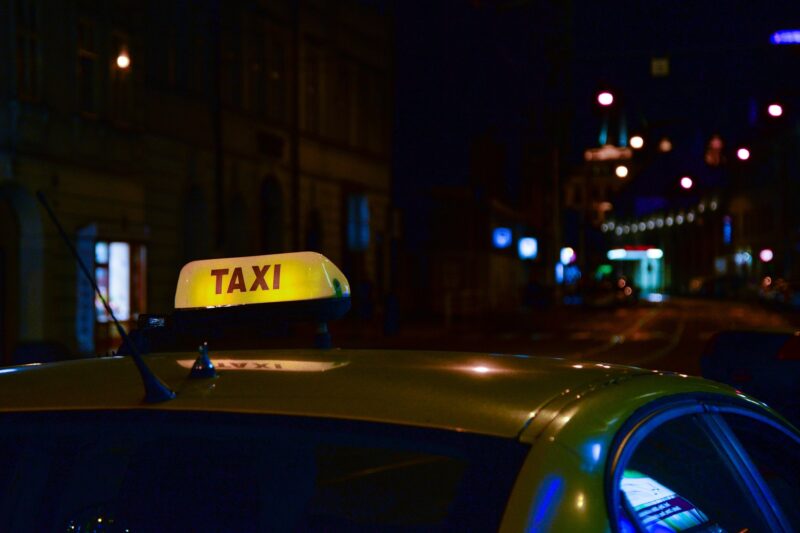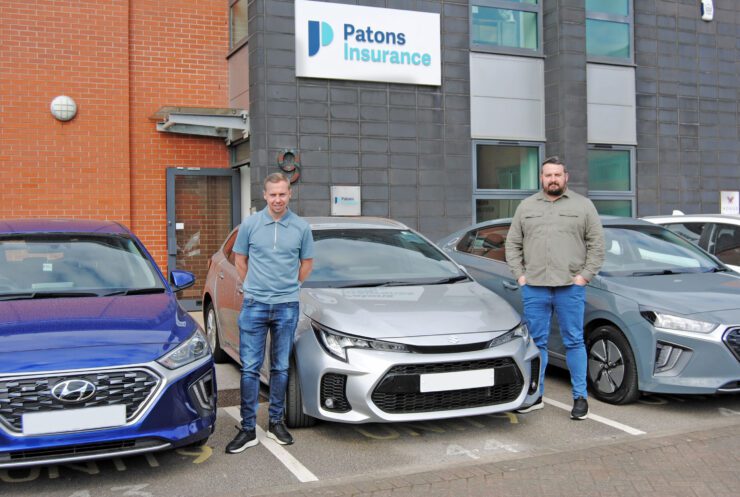Taxi drivers applying for their licences in Bury will no longer have to learn routes as part of the borough’s Knowledge test which is being upgraded to improve safety.
Bury Council had considered removing the Knowledge test from its licensing process following claims it is outdated and unnecessary. Objectors felt instead that taxi and private hire drivers could safely navigate the borough’s streets using sat-nav and similar technology.
Update
While the council accepted that technology may have replaced traditional maps and atlases, it stressed that being a taxi or private hire driver in the town involves more than just being able to take passengers from one place to another.
The council’s Licensing and Safety Committee last month heard the results of a public consultation relating to Hackney carriage and private hire policy in which 1,195 people took part, including licensed drivers from the private hire and hackney carriage trade, licensed private hire operators, licensed vehicle proprietors, members of the public and trade representatives.
Safety
While recognising that technology could be used to help drivers, the committee acknowledged that it needed to strike the right balance between fulfilling its duty to ensure greater public safety, while responding to the changing nature of the hackney carriage and private hire industry.
It was told the reality was that “where any local authorities take a more stringent line on any of these policy areas, it was likely to result in continued reductions in drivers and vehicles licensed by that authority, and in Bury that meant having even less control and influence over the safety standards of the fleet working within our authority area”.
Changes
As part of the proposed licensing changes, a committee member felt the Knowledge test should be improved rather than removed.
Under the old Knowledge test, drivers had to identify three locations using a physical map, be able to identify road names of where premises are located and, from memory, plan journeys by the shortest route between two specific locations.
Now, with the geographical element removed, the knowledge test will remain a mandatory requirement and be revised to cover other public safety topics in greater depth, such as licence conditions, safeguarding, road signs etc. This would also include the use of modern journey technology, such as route finding planning and directional technology.
Support
The Bury Times reports that one response from a private hire form said: “Everybody uses GPS now and I do not think that knowing roads is of any benefit, also the GPS allows for diverted routes in the event of traffic or accident to get to the destination faster for driver and customer.”
Another response said: “Geographical knowledge is not required in this current age due to modern tools such as GPS systems.
“Such systems can now take into account shortest routes and also how to avoid the likes of traffic situations depending on time of day.”
Livery
As well as changes to the Knowledge test, the committee decided that all Hackney carriage and PHVs must display a rear plate and a front vehicle windscreen vehicle identification sign. This is so they can be easily recognised and passengers can distinguish between black cabs, with public hire insurance that can be hailed in the street or taxi ramp, and PHVs, with private hire taxi insurance that must be booked in advance.
PHVs must also display an operator window sign displayed in a council-issued window-mounted wallet with the operator’s name and logo clearly visible. There must also be rear passenger door stickers issued by the council, stating “Private hire vehicle not insured unless pre booked with operator”, as well as permanent passenger window signs, issued by the council, showing the number plate, registration number, expiry date and the number of passengers the vehicle is licensed to carry.
It is reassuring that the council has used this as an opportunity to improve safety, but should drivers have to know an area like the back of their hand, rather than relying on sat-navs?


